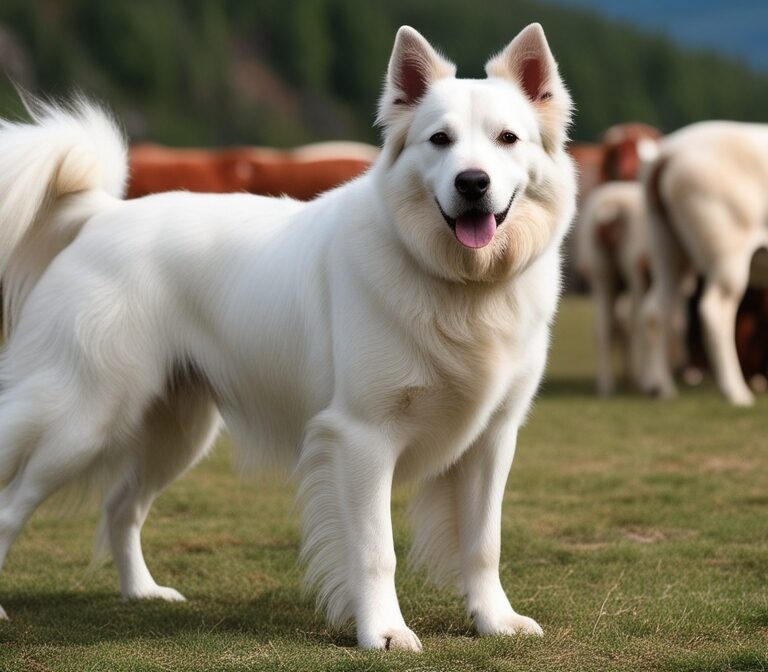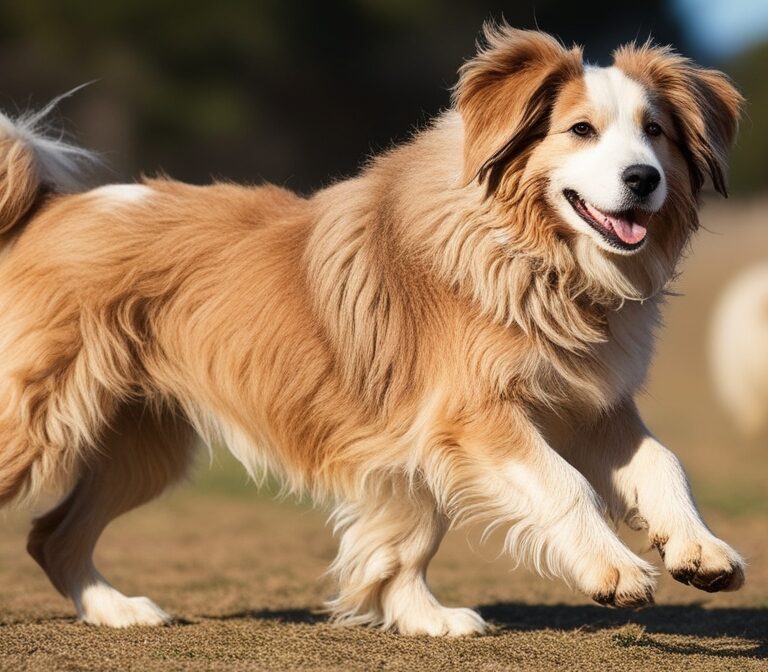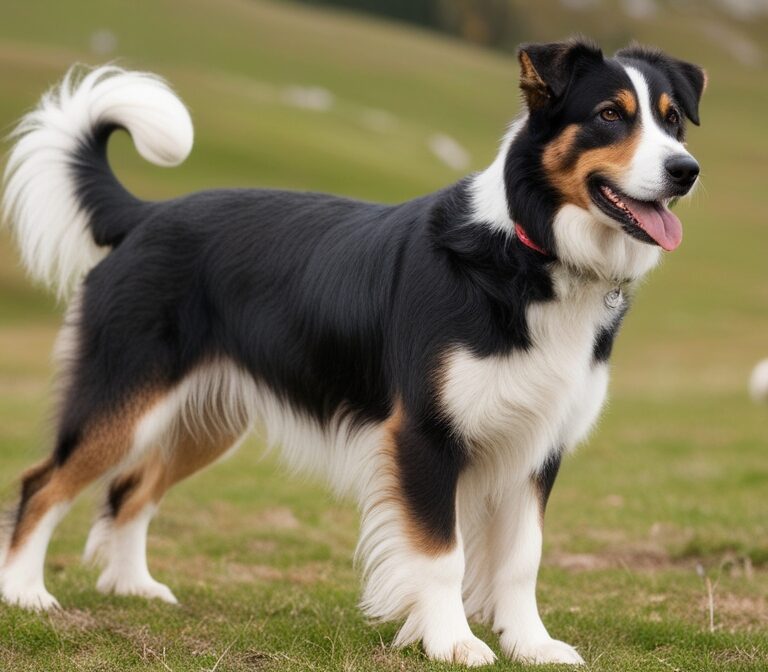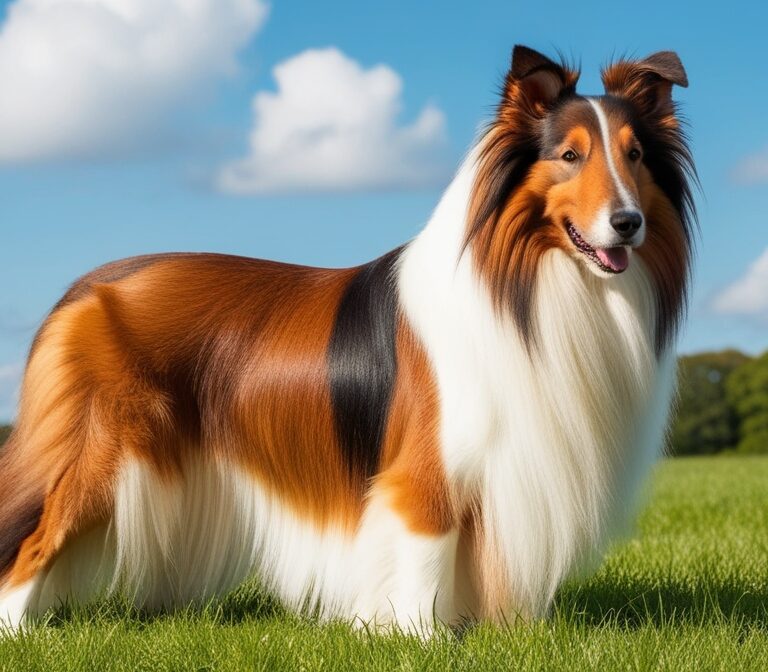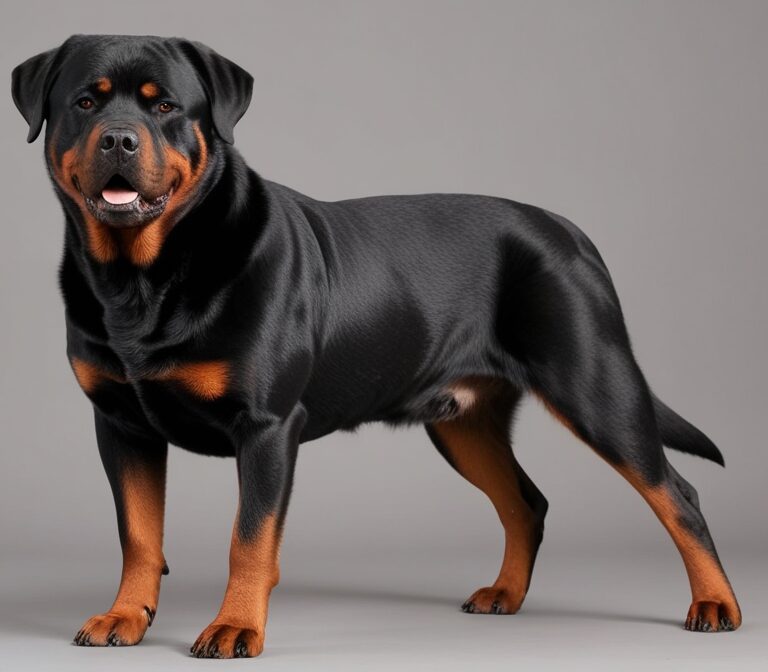The Complete Guide to the Bull Terrier: A Unique and Loyal Companion
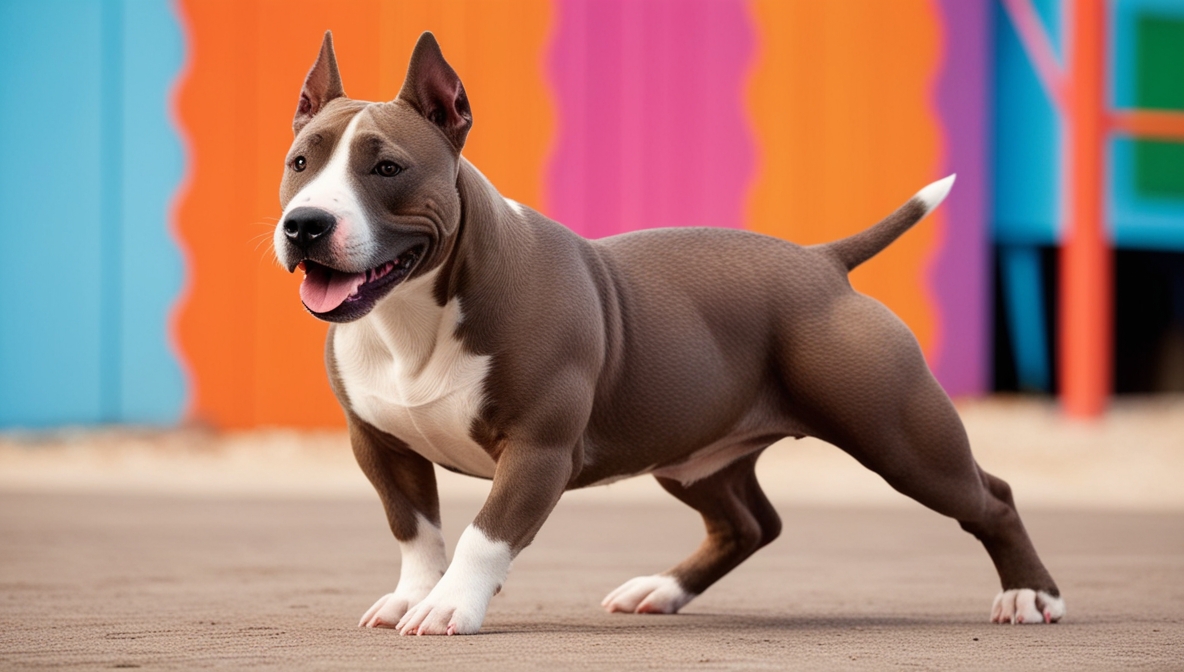
Origins and History of the Bull Terrier
The Bull Terrier is one of the most recognizable dog breeds, with its egg-shaped head and muscular build. Its history dates back to early 19th-century England, where breeders sought to create a courageous yet manageable dog for both companionship and sport. The breed was originally developed by crossing the now-extinct White English Terrier with the Bulldog, resulting in the early Bull and Terrier types. Later, other breeds like the Dalmatian were introduced to refine the dog’s appearance, giving rise to the distinct Bull Terrier we know today.
Initially, Bull Terriers were bred for bull-baiting and other blood sports, but as these practices were outlawed, breeders began focusing on temperament and appearance. This shift transformed the Bull Terrier from a fighting dog into a loyal family pet and a popular show breed. The breed’s unique appearance, combined with its strong yet affectionate personality, made it a standout in both canine competitions and households worldwide.
Physical Characteristics of the Bull Terrier
One cannot mistake a Bull Terrier for any other breed due to its striking looks. The most distinctive feature is its egg-shaped head, flat on top with no stop between the forehead and muzzle. Its eyes are small, triangular, and dark, giving the Bull Terrier an intelligent and mischievous expression. Ears are small and erect, adding to the alert and curious demeanor of the dog.
The breed is muscular, medium-sized, and compact, usually weighing between 50 to 70 pounds for standard Bull Terriers. There is also a Miniature Bull Terrier, which retains the same features but is smaller, typically weighing between 20 to 35 pounds. The coat is short, dense, and glossy, requiring minimal grooming. Common coat colors include pure white, brindle, black, fawn, red, and tri-color variations.
Their athletic build makes them powerful dogs, but despite their appearance, they are graceful movers with a certain elegance that surprises many. This combination of strength and style has earned the Bull Terrier a reputation as both a formidable and charming breed.
Temperament and Personality Traits
The Bull Terrier is a dog with a big personality. Known for being fun-loving, mischievous, and affectionate, this breed thrives on human interaction and forms strong bonds with its family. They are often described as clowns due to their playful and entertaining nature. A Bull Terrier can keep a family laughing with its antics, yet it also shows deep loyalty and affection.
Despite their playful side, Bull Terriers are highly protective of their families. While not aggressive by nature, they are courageous and will stand their ground when needed. This protective instinct, combined with their intelligence, makes them excellent watchdogs. However, their stubborn streak can sometimes make training a challenge.
Bull Terriers are not typically shy or timid. They love being the center of attention and thrive in homes where they are included in daily activities. Left alone too often, they may develop destructive behaviors, as they crave companionship and stimulation. With proper training and socialization, Bull Terriers can adapt well to various environments, from city apartments to rural homes.
Training and Socialization of the Bull Terrier
Training a Bull Terrier requires patience, consistency, and firmness. They are intelligent dogs but also strong-willed, often testing boundaries to see what they can get away with. Positive reinforcement methods work best, as harsh training can lead to resistance or stubbornness. Rewards such as treats, praise, and play are highly effective in motivating them.
Early socialization is crucial for a Bull Terrier. Exposing the dog to different people, animals, sounds, and environments from a young age helps prevent unwanted behaviors and ensures that they grow into well-mannered adults. Socialization also curbs potential aggression towards other dogs, as Bull Terriers can sometimes display dominance.
Obedience training should focus on teaching commands like “sit,” “stay,” and “come,” while also addressing leash manners and impulse control. Enrolling in puppy training classes can be highly beneficial, as it provides structured learning and opportunities for socialization.
While training can be challenging at times, it is also rewarding. A well-trained Bull Terrier is a delight to live with, displaying loyalty, playfulness, and affection while respecting household rules.
Exercise and Activity Needs
The Bull Terrier is an energetic breed that requires plenty of exercise to stay healthy and happy. Without sufficient activity, they can become restless and engage in destructive behavior. Daily walks, play sessions, and mental stimulation are essential for their well-being.
Bull Terriers enjoy activities such as fetch, agility training, and interactive games. They are athletic dogs and excel at canine sports that challenge both their body and mind. While they love running and playing, they also enjoy downtime with their families, often curling up on the couch after a day of activity.
Because of their strong prey drive, Bull Terriers should always be kept on a leash or in a secure yard when outside. Allowing them to roam freely can be risky, as they may chase after smaller animals. Structured play and supervised exercise ensure that they stay safe while meeting their activity needs.
Health and Lifespan of the Bull Terrier
Like all breeds, Bull Terriers are prone to certain health conditions. One of the most common concerns is deafness, particularly in white Bull Terriers. Responsible breeders often test for hearing issues to ensure healthy puppies. Another common condition is skin sensitivity, which may require dietary management or special care.
Bull Terriers may also be prone to kidney problems, heart disease, and patellar luxation. Regular veterinary check-ups, a balanced diet, and proper exercise help mitigate these risks. Maintaining a healthy weight is especially important, as obesity can exacerbate other health issues.
The average lifespan of a Bull Terrier is 11 to 14 years, though with proper care, some live longer. Owners who provide a nutritious diet, regular exercise, and preventive healthcare can help ensure their Bull Terrier enjoys a long, healthy, and fulfilling life.
Grooming and Care Requirements
One of the advantages of owning a Bull Terrier is its low-maintenance grooming needs. The breed’s short, glossy coat requires minimal care, usually just weekly brushing to remove loose hair and maintain shine. During shedding seasons, more frequent brushing may be necessary.
Regular bathing is not required unless the dog gets particularly dirty. Instead, wiping down the coat with a damp cloth often suffices. As with all dogs, attention should be given to dental hygiene, ear cleaning, and nail trimming. Regular tooth brushing prevents tartar buildup, while routine nail care ensures comfortable movement.
Because Bull Terriers can develop skin sensitivities, owners should use mild shampoos and check for signs of irritation. Good grooming habits not only keep the Bull Terrier looking its best but also provide opportunities to monitor overall health.
The Bull Terrier as a Family Pet
The Bull Terrier makes an exceptional family dog when matched with the right household. They are affectionate, playful, and deeply loyal, making them excellent companions for families with older children. Their energetic and clownish nature fits well with active families who enjoy spending time outdoors and engaging in activities.
However, Bull Terriers may not be ideal for households with very young children, as their exuberant play can sometimes be overwhelming. Proper supervision and training help mitigate this concern. When raised with children, Bull Terriers often form strong bonds and become loving protectors.
In multi-pet households, early socialization is essential. While many Bull Terriers coexist peacefully with other pets, some may display dominance or prey-driven behavior. Careful introductions and consistent training help ensure harmony among household animals.
Choosing a Bull Terrier: What to Consider
Bringing a Bull Terrier into your life requires thoughtful consideration. Prospective owners should evaluate their lifestyle, living arrangements, and ability to provide proper care. Bull Terriers thrive in homes where they receive plenty of attention, exercise, and training. They are not suited for families who cannot dedicate time to their needs.
Finding a reputable breeder is crucial when choosing a Bull Terrier puppy. Responsible breeders screen for health issues and prioritize temperament, ensuring that their dogs are well-suited for family life. Adoption is another option, as many Bull Terriers in shelters and rescues are looking for loving homes.
Potential owners should also be prepared for the breed’s stubborn streak. Patience, consistency, and humor go a long way when raising a Bull Terrier. In return, owners gain a loyal, entertaining, and loving companion.
The Enduring Appeal of the Bull Terrier
The Bull Terrier is more than just a unique-looking dog; it is a breed full of personality, charm, and loyalty. From its early history as a fighting dog to its transformation into a beloved companion, the Bull Terrier has proven its adaptability and resilience. Today, it stands as a symbol of strength, affection, and playfulness.
Families who welcome a Bull Terrier into their home are rewarded with unwavering loyalty, endless entertainment, and a deep bond that lasts a lifetime. While they require commitment in training, exercise, and companionship, the effort is repaid many times over by the joy they bring.
In the end, the Bull Terrier is not just a pet—it is a devoted member of the family. For those willing to embrace its quirks and challenges, this breed offers one of the most rewarding canine relationships possible.
